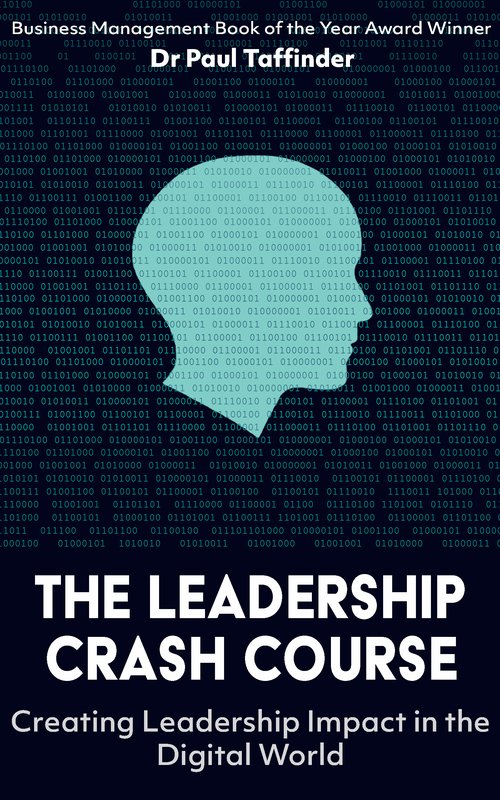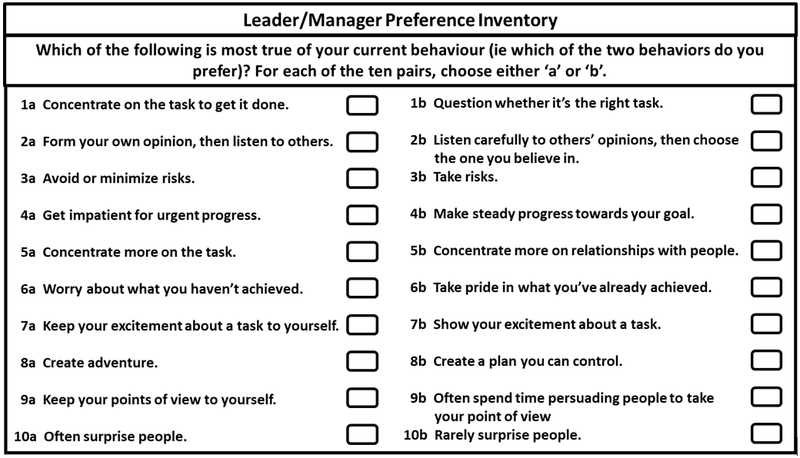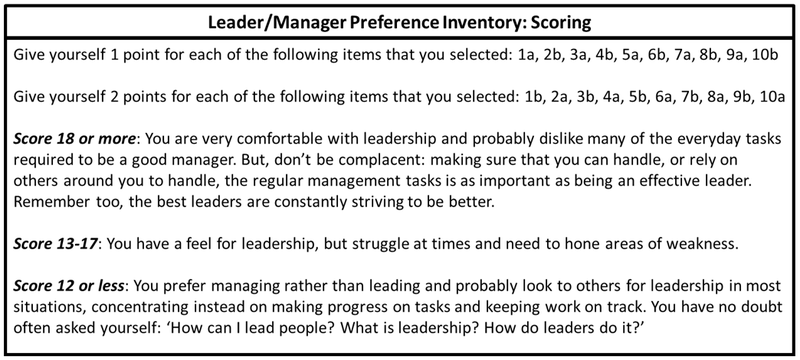Creating Leadership Impact In The Digital World
Friday, 06 March 2020By Paul Taffinder
Leadership is about Dilemmas and Difficult Choices
Leadership is getting people to do things they have never thought of doing, do not believe are possible or that they do not want to do. In organizations leadership is the action of committing employees to contribute their best to the purpose of the organization.

The Leadership Crash Course is a book that acknowledges the global, interconnected world in which leaders now operate. Smartphones connect you to vast stores of instant data, information and opinions. Apps make your life easier but probably more distracted! New technology can make leadership both demanding and complex. Blockchain, the Internet of Things (IoT), robotic process automation, data analytics, Artificial Intelligence (AI) and Data Analytics are technologies that leaders of businesses and government institutions must not only understand but leverage for commercial advantage or the good of society. If it is the role of managers to make new technology work effectively, it is the role of leaders to judge where and when to deploy it and what it will mean for employees, citizens, school-children, the police, teachers and everyone else who looks to leaders to provide meaning and direction in a confusing and very fast-moving world.
That said, it is also the case that leadership is a very profound human concept. It has impact on both thinking and emotion but its draw, when you see good leadership in action, is immensely powerful in inspiring ordinary people to do extraordinary things – not always for the good of society, as the many wars started by leaders have shown. None the less, leadership appeals at a deeply psychological level. It has been a central part of all societies from the earliest times. It has been written about constantly for all of recorded history. Indeed, most history is liberally punctuated by the stories, triumphs, achievements and, yes, failures and disasters wrought by great leaders.
Why? Leadership offers the comfort of direction, or hope, or promised success. This is because leadership in action is almost always about dilemmas, difficult choices and asking risky questions – and most people would rather someone other than themselves, a leader they respect, faced these difficulties and offered the answers and made the decisions. It is why leaders are ceded authority and status. But beware! With authority and status come loneliness and accountability.
Faster Faster Digital Leadership?
The context of leadership nowadays is always, it seems, against a backdrop of digital tech and digital speed. For example:

- Automation of processes and functions (customer service, warehousing, accounting, fraud detection, billing, procurement to name only a few) is gaining traction everywhere. Traditional administrative and manual jobs are disappearing, replaced by software and machines, whilst new digital-oriented roles are being created.
- New businesses (‘start-ups’) are more likely than ever before to be founded on digital tech than traditional business arrangements.
- Data has moved from being something to store to becoming commercial gold, a revenue generator in its own right.
- Many products and services have moved from being physical and profitable (cameras, 35mm acetate film) to becoming digital and free. Likewise, the biggest risks that corporations face have shifted from physical assets (property, plant, machinery, accidents to people) to intangibles (cyber attacks, loss of reputation and brand damage, data breaches).
- Digital is driving industry convergence. Way back in 1980, the Media Lab Director at MIT, Nicolas Negroponte predicted that by 2000 the computing, communication and content creation industries would become integrated. His prediction was spot on. And the trend has accelerated. Nowadays we have smartphones and tablets that carry messaging, voice, email, news, entertainment, sport and business computing services. The firms that supply these have become part of the same broad sector, both competing and collaborating in ecosystems or merging into giant corporations. In financial services, credit institutions and insurance companies are building combined products and, through pressure to bring efficient risk capital into business models and getting it as close to risk as possible, reinsurers have paired up with alternative capital providers.
- Business leaders talk about a digital ‘workforce’ – software that mimics human work in multiple processes traditionally done manually (and slowly). Human and digital workers now have to operate side-by-side.
This means that leaders need to set the context for digital, how people and machines work seamlessly and where people rather than machines need to be deployed or where software is better suited to the task. Increasingly this will necessitate that leaders are well-informed about tech and are comfortable in a faster faster world. In some ways this is about being tech-savvy or at least well-informed, but mostly it is about intellectual curiosity and understanding the connectedness of sectors, industries, customers and organizations and how these real and virtual relationships interact. It is the new normal.
The 5 Critical Leadership Imperatives
Leadership is about getting people to achieve new things, and therefore largely about change, about inspiring, helping and, yes, sometimes enforcing, change in people. There are five behavioral imperatives that I have identified during my work with leaders and in the research I have done on the subject. As a leader you must:
- impose or set the context (making it clear what matters);
- make risks and take risks;
- challenge and change;
- have deep conviction;
- generate critical mass (make things happen at scale).
Are you a Leader or a Manager?

One quick way of finding out your preference is to complete the Leader/Manager Inventory. Be honest. The more open with yourself you are, the quicker you can learn to be a leader. Use the fast scoring guide not only to see what your preference is but also to identify which types of behavior you are comfortable with and those areas where you may need to expend real effort to develop yourself as a leader.

